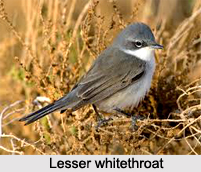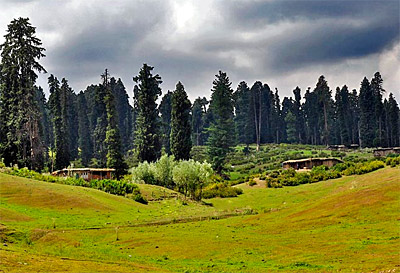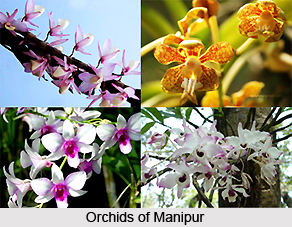 Lesser Whitethroat is an Indian bird that bears a scientific name "Sylvia curruca" is a common and widespread typical warbler in the regions like Thar Desert in India, Saharan Desert and some parts of Rajasthan. Lesser Whitethroat breeds in temperate Europe, except the southwest, and in western and central Asia. This small passerine bird is strongly migratory, wintering in Africa just south of the Sahara, Arabia and India.
Lesser Whitethroat is an Indian bird that bears a scientific name "Sylvia curruca" is a common and widespread typical warbler in the regions like Thar Desert in India, Saharan Desert and some parts of Rajasthan. Lesser Whitethroat breeds in temperate Europe, except the southwest, and in western and central Asia. This small passerine bird is strongly migratory, wintering in Africa just south of the Sahara, Arabia and India.
Structure of Lesser Whitethroat
Lesser Whitethroat is a small species with a grey back, whitish under-parts, a grey head with a darker "bandit mask" through the eyes and a white throat. It is slightly smaller than the whitethroat, and lacks the chestnut wings and uniform head-face colour of that species.
Song of Lesser Whitethroat
The song of Lesser Whitethroat is a fast and rattling sequence of tet or che calls, quite different from the whitethroat`s scolding song.
Feeding of Lesser Whitethroat
Lesser Whitethroat is insectivorous, but will also take berries and other soft fruit. This is a bird of fairly open country and cultivation, with large bushes for nesting and some trees.
Nest of Lesser Whitethroat
The nests built by Lesser Whitethroat are in low shrub or brambles, and 3-7 eggs are laid.
Description of Lesser Whitethroat
Lesser Whitethroat was first described by Carl Linnaeus in his 1758 edition of Systema Naturae, from a specimen collected in southern Sweden.
History of Lesser Whitethroat
Lesser Whitethroat has been commonly assumed to be closely related to the whitethroat, as their common names imply. It was suggested that the two species separated in the last ice age similar to the pattern found in the chiffchaff and willow warbler, with their ancestor being forced into two enclaves, one in the southeast and one in the southwest of Europe. When the ice sheets retreated, the two forms supposedly no longer recognised each other as the same species. However, scientists researching this question have for quite sometime realized that these two taxa are not particularly close relatives.
Similarity with Lesser Whitethroat and Hume`s Whitethroat
Lesser Whitethroat and its closest relatives Hume`s whitethroat and the small whitethroat appear more related to a group of morphologically quite dissimilar species. These vary much in size and colour pattern, but also lack chestnut wing patches and have a strong contrast between the usually dark head sides and the white or whitish throat. The latter group occurs from the southern parts of the lesser whitethroat complex` range into Africa and include the Orphean warbler group, the Arabian warbler, and the brown and Yemen warblers sometimes placed in Parisoma.



















